Newer doesn’t always mean better.
Sometimes, older technology sits in the shadows while modern advances take center stage … only for that vintage tech to return and steal the show. And other times, people assume a gadget is long gone, but it only really disappeared from their own lives.
In short: New technologies often kill their predecessors, but not always.
Today, we’re going to take a nostalgic look at technology that many of us loved years ago but have since left for dead—only to discover that it’s still alive, in use, and in some cases, even returning to popularity.
Featured Financial Products
Outdated Tech Still Used Today
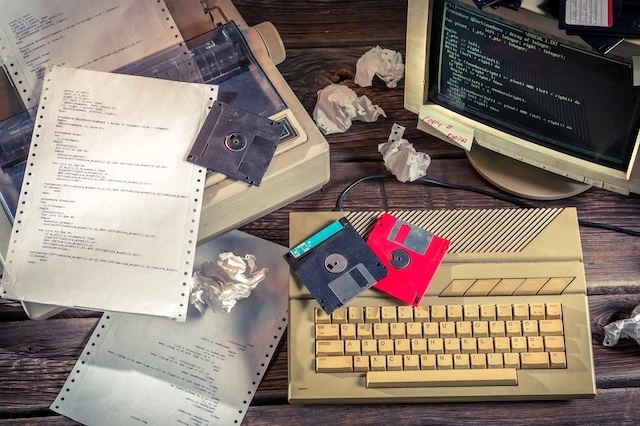
People can really start feeling their age when they discover what was once cutting-edge is now considered obsolete technology.
But much like Michael Myers in the Halloween franchise, some types of technology simply refuse to die.
Before you toss out some of the old tech that’s buried deep in the depths of your closet, you might want to see whether it’s enjoying a resurgence. Let’s look at some technology that’s assumed obsolete but is actually still around (and in a few cases, even thriving).
1. Compact Discs (CDs)
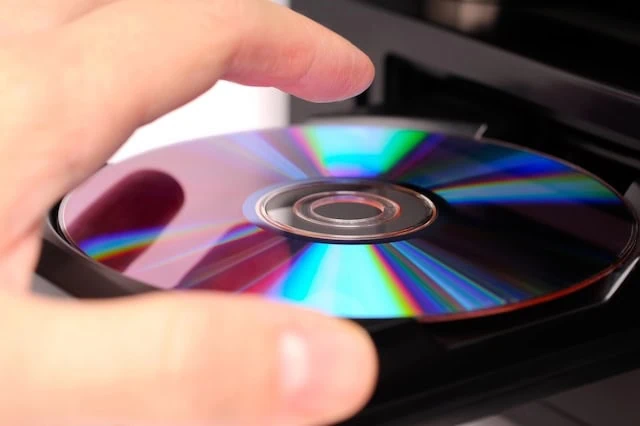
Cassette tapes were replaced with compact discs (CDs). Then, CDs were replaced by iPods and streaming music … right?
Well, sort of.
From a computing standpoint, CDs still seem to be going the way of the dodo. Apple’s last computer to have an optical drive for playing CDs (and DVDs) was the 2012 13-inch MacBook Pro, which the company stopped selling in 2016.
Apple even has its own definition for obsolete:
“Products are considered obsolete when Apple stopped distributing them for sale more than 7 years ago. … Apple discontinues all hardware service for obsolete products, and service providers cannot order parts for obsolete products.”
But music CDs are putting up some fight. In 2021, CD sales had risen for the first time in nearly two decades. After dropping in 2022, revenues from CDs rebounded in 2023 and rose again in 2024, albeit not back to 2021 levels. Comparatively, digital download (not streaming) revenues have been declining for 11 consecutive years.
The question is: Why?
And there are several reasons. People are increasingly fatigued by subscription services, which do give you more selection for your money but also ensure you always rent (and never own) your media. Some people believe CDs have a superior sound quality compared to streaming. And in a time when so much is digital, tangible objects can actually be comforting.
CDs’ future growth will be limited by people’s ability to easily listen to them, but the technology is far from dead.
Related: What Is the 90/90 Minimalism Rule?
2. Vinyl
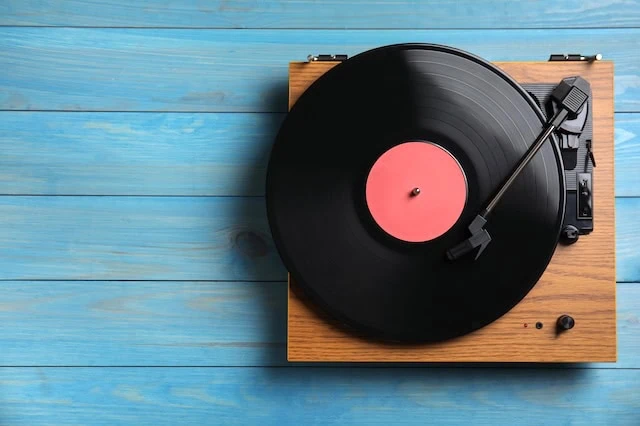
Vinyl records are enjoying even more of a renaissance.
Combined sales for LP/EP and vinyl singles bottomed out at $25.6 million in 2006, but have improved every year since then, including 7% growth in 2024 to $1.5 billion. In fact, vinyl has actually outsold CDs for the past five years.
Die-hard vinyl fans will insist vinyl sounds even better than CDs. Some enjoy the hunt for rare records at thrift stores or record shops. Highly collectible records hold monetary value, and you can’t put a price tag on nostalgia. Popular modern artists such as Taylor Swift are helping vinyl’s resurgence by making their new music available via records, too.
Related: Financial Prep If You’re Worried About Being Laid Off
3. Pagers
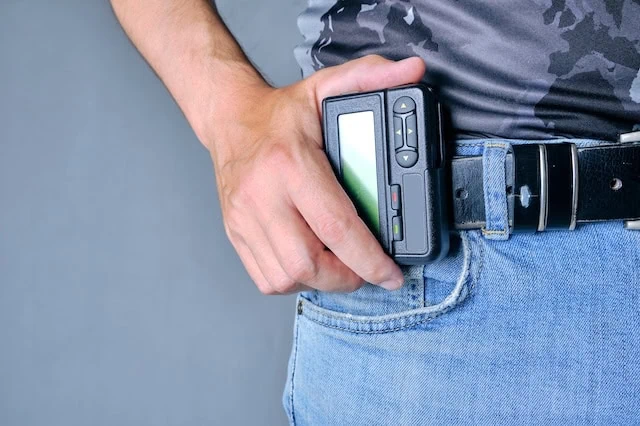
I know! I was shocked, too!
For those of you who don’t know what a pager is, here’s a quick explanation. A pager is a small device that simply receives messages. A person will send you said message using either a phone or email, and that message is forwarded to the pager, which notifies the user via a beep or vibration. The person then knows to call or otherwise respond to the sender.
Pagers peaked in the 1980s and early ’90s, but mobile phones largely replaced them.
In fact, the idea of paging a friend might sound absurd today, but they’re still widely used—within the health care and emergency services industries. They’re a simple and affordable way to alert medical personnel, and for that particular use, the lack of other distracting features is actually a perk.
Besides the medical industry, pagers can also be popular within hospitality and event management industries. Some parents use them to contact their children. Additionally, pagers don’t rely on cell service, so they can be useful for emergency purposes in areas where cellular coverage isn’t reliable.
They’ll never again be as popular as smartphones, but pager demand is increasing. Cognitive Market Research states that the global pager market was $1.6 billion in 2023, and it expects that market to grow by 5.9% annually, on average, through 2030.
Related: Frugal vs. Cheap: What’s the Difference?
4. Fax Machines
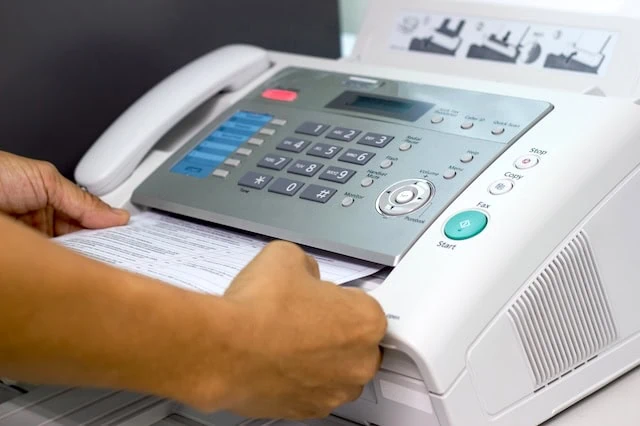
As one Gen Zer told the New York Post, “If you told me to fax three documents, I would have to Google it. I didn’t even know people were still faxing.”
Sorry Gen Z, but fax machines aren’t completely disappearing just yet.
You might not use them in your office, but many health care providers still exchange medical information via fax machine—as recently as 2021, 70% of those offices were still using faxes, says Bloomberg Law.
Faxing is also popular in finance, legal, and even government agencies, as documents can be transmitted securely with end-to-end encryption.
Related: How to Achieve Financial Minimalism to Reduce Stress
5. Printers

Paper jam. Low ink. PC load letter.
These and other errors are why printers, at least in my humble opinion, are among the most frustrating pieces of technology. Anyone who has owned a printer has likely pondered why being low in yellow ink means you can’t print a black-and-white document. Sometimes, printers are unresponsive for seemingly no reason. And when you restart them, they insist on wasting your ink on yet another alignment test page.
Yet, despite being almost hostile toward users, old-school printers are still alive and well. Printer sales are declining, sure, but it’s still a massive industry—market researcher International Data Corp. estimates that the U.S. home and office market for printers was still more than $10 billion as of 2023, with unit sales in the millions.
Digital documents aren’t always accessible. Health care providers still heavily rely on printers, as they collect a lot of patient information on paper. The legal system also heavily uses printers for evidence collection, contracts, court documents, and more. Marketing materials, such as brochures, still require printers, too.
Featured Financial Products
6. Feature Phones / Dumbphones
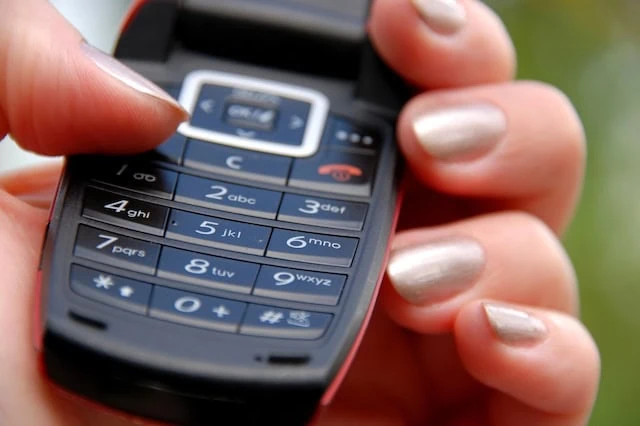
Feature phones mimic the predecessors to the modern smartphone—rather than a big touchscreen, these phones have buttons, a regular screen, and (ironically) far fewer features. And because they’re not smartphones, they’ve been labeled dumbphones.
But feature phones still have plenty of appeal.
Many parents want a way to stay in touch with their children without giving them unfettered access to the Internet. Sure, there are parental controls, but some kids are tech-savvy enough to work around those. On the other end of the spectrum, some older adults have no interest in learning all the ins and outs of fancy phones.
People of any age may worry about their smartphones listening to their conversations and tracking their locations. This isn’t unwarranted paranoia. Recently, Apple settled a class action lawsuit about Siri eavesdropping on iPhone users and agreed to pay $95 million.
Others seek ways to lessen their overall screen time. According to 2022 data published by the Pew Research Center, 97% of teenagers say they use the internet daily and 46% say they are online “almost constantly.”
Plus, feature phones are far more affordable than smartphones.
Statista Market Insights projects that feature phone revenue will continue to decline over the next few years, but they still expect 2025 revenues to top $10 billion in 2025. Meanwhile, Goldstein Market Intelligence actually expects feature phone demand to grow between 2024 and 2026.
Related: Feeling Thrifty? How to Save Money at Thrift Stores
7. Wired Headphones

I was thrilled when AirPods came out because wired headphones were always a hassle for me. I would knock them out of my ears when fixing my hair or making expressive hand motions.
But perhaps everyone else isn’t so spastic, because wired headphones are far from dead—they’re alive and growing!
The wired headphones segment is expected to grow by 13.4% annually through 2030, according to estimates provided in the Smart Headphones – Global Strategic Business Report.
But why would people prefer something seemingly less convenient?
To start, they’re typically more affordable than their wireless counterparts. As of this writing, Apple’s AirPods 4 cost $129, or $179 if you want active noise cancellation, and their AirPods Pro 2 cost $249. Comparatively, the basic wired Apple EarPods cost all of $19. If you’re on a tight budget (and many people are), the financially responsible decision is obvious.
Plus, some people have connectivity issues with wireless earbuds and want to worry about Bluetooth. Wireless earbuds must be charged; wired headphones don’t.
Don’t underestimate nostalgia or trendiness either. Many younger adults consider wired headphones vintage and cool. They have become a fashion accessory that sets people apart in a sea of Airpod wearers. In fact, in fall 2024, luxury brand Chanel created a set of wired headphones on a necklace that is fully functional.
Related: 7 Car Maintenance Tasks That Save You Money
8. Analog Watches

Analog watches are simply a traditional watch with mechanical hands. They stand in contrast with digital watches (basic electronic display) and smartwatches (limited smartphone on your wrist).
Younger generations might be less and less familiar with analog displays, but analog watches are still quite popular—specifically in the luxury market.
A smartwatch is simply more functional, so watches’ selling point has largely shifted to one of aesthetics and status. When you see a celebrity wearing a watch on a red carpet, they’re typically wearing a Cartier, Rolex, or other expensive analog watch.
That said, analog watches probably have smartwatches beat on longevity—a properly maintained analog watch can last for decades, even centuries. Even if a smartwatch lasts a few years, you’ll always have to worry about whether the operating system will continue to support it.
Related: Career Compensation Is More Than Salary: 10 Other Financial Perks to Consider
9. Floppy Disks
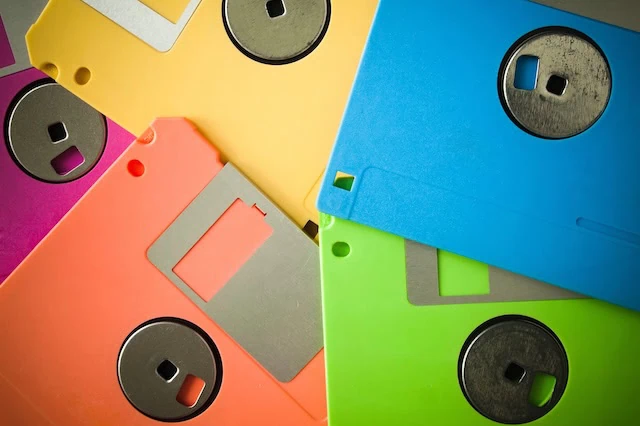
Floppy disks—so named for their round, flexible plastic interior, not the harder outer shells we’re all familiar with seeing—are used for data and program transfers between computers.
Long gone are the days when floppy disks were common in the average household, but this 1970s technology is indeed alive … largely thanks to the transportation industry.
Airplanes such as the Boeing 747 still receive some software updates via 3.5-inch floppy disks. San Francisco’s subway system relies on them as well. And outside of the transportation industry, some medical equipment and embroidery machines use floppy disks. The occasional musician, vintage technology collector, or artist covets them too.
It might be a stretch to say floppy disks are thriving, but they’re still ingrained in a few parts of modern industry.
Related: How Your Personality Affects Your Pay + Promotions
10. Instant Cameras

Photography on a smartphone is easy and convenient, and it increasingly produces outstanding results. In addition to the fact that smartphone cameras keep getting better, software lets even tech novices quickly edit imperfections out of any image.
But nostalgia for the authenticity of unedited photos, and the desire to physically hold memories in one’s hands, are helping physical photography make a comeback.
And that’s a boon for instant cameras.
I’m not talking about vintage products. Popular retailers such as Urban Outfitters and Target are selling instant cameras once more.
The global instant print camera sales market was $1.6 billion in 2024, and it’s expected to reach nearly $3 billion by 2032, with North America at the forefront of this push.
So, break out the old physical photo albums and practice taking selfies with the other side of your smartphone.






![SEP IRA Contribution Limits [2025 + 2026] 25 SEP IRA contribution limits](https://youngandtheinvested.com/wp-content/uploads/SEP-IRA-contribution-limits-600x403.webp)

